Family of COVID variants expands
In 2022, the Omicron variant of SARS-CoV-2 spawned a ‘soup’ of subvariants that made it harder to predict coming surges. The XBB variant and offshoots in the BQ.1 family have set off fresh waves of infection in parts of the world. The variants have enabled scientists to pinpoint immunity-evading mutations that help the virus to spread.
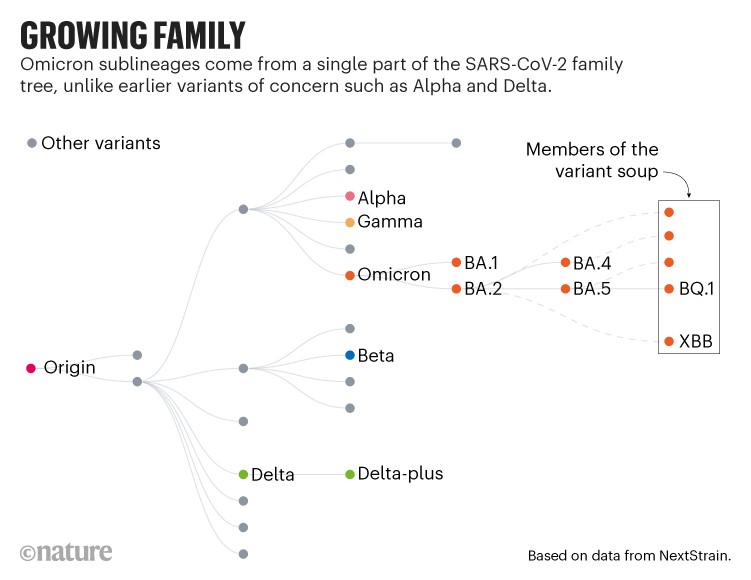
Source: Nextstrain
COVID’s terrible toll
The pandemic continues to take a devastating toll. A study estimated that around 10.5 million children have a parent or carer who died from COVID-19, a dramatic increase on earlier estimates. Africa and southeast Asia were particularly badly hit.
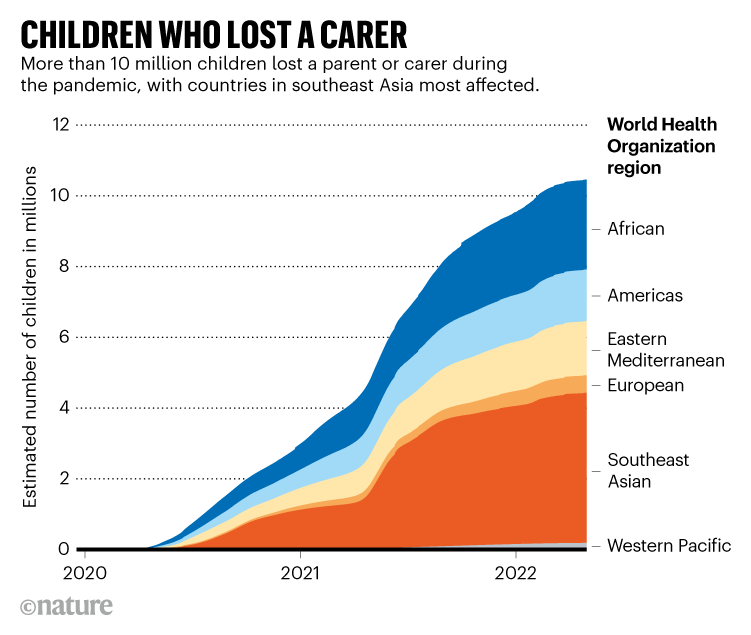
Credit: S. Hillis et al. JAMA Pediatr. https://doi.org/10.1001/jamapediatrics.2022.3157 (2022)
Where’s Webb? Lagrange points explained
When NASA’s James Webb Space Telescope (JWST) successfully reached its destination in January, it landed at a special spot called the second Lagrange point, or L2. Here, the gravitational pull of the Sun and Earth equals the centripetal force required for the telescope to move with them. The location is particularly good for sensitive astronomical observatories such as JWST, which is the most complex telescope ever built.
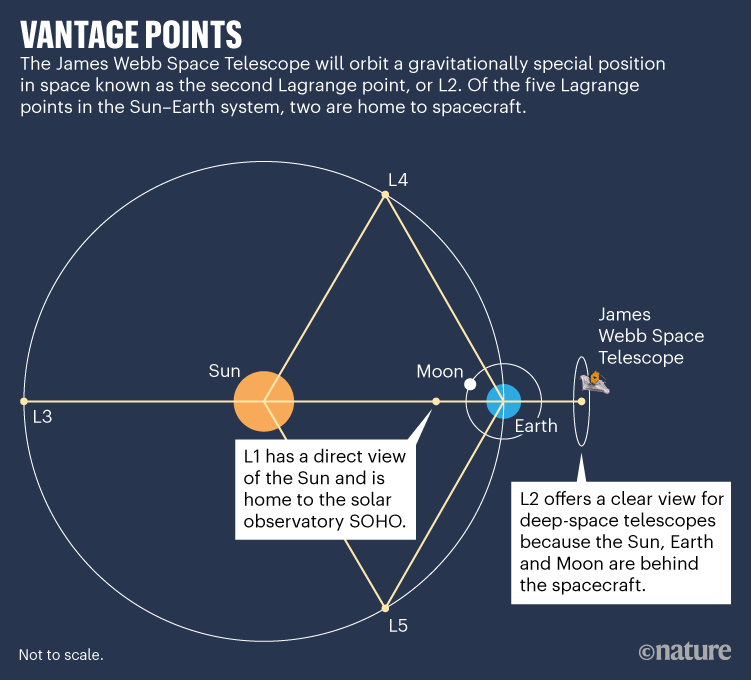
Source: Adapted based on materials from NASA/WMAP Science Team
Cost-of-living crisis hits science students
Eighty-five per cent of graduate students were worried about the increasing cost of living and 25% were concerned about their growing student debt, according to a Nature survey. Forty-five per cent said that rising inflation could cause them to reconsider whether to continue their science studies. The survey involved more than 3,200 self-selected PhD and master’s students from around the world.
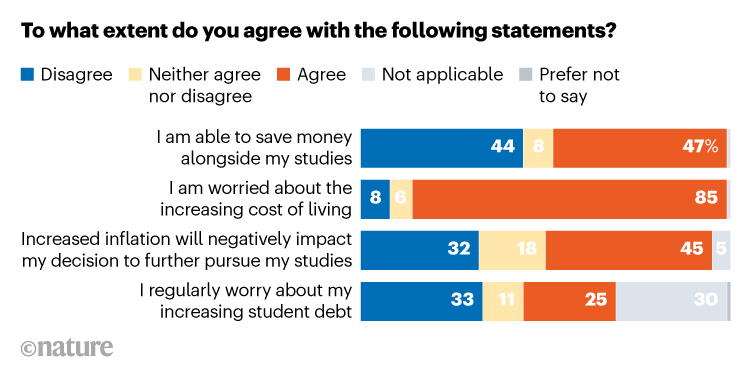
Our trees are vanishing
The loss of tree species is too often overlooked. A huge tree-hunting exercise called the Global Tree Assessment revealed that 29.9% of species are threatened. Some 142 species are thought to be extinct in the wild.
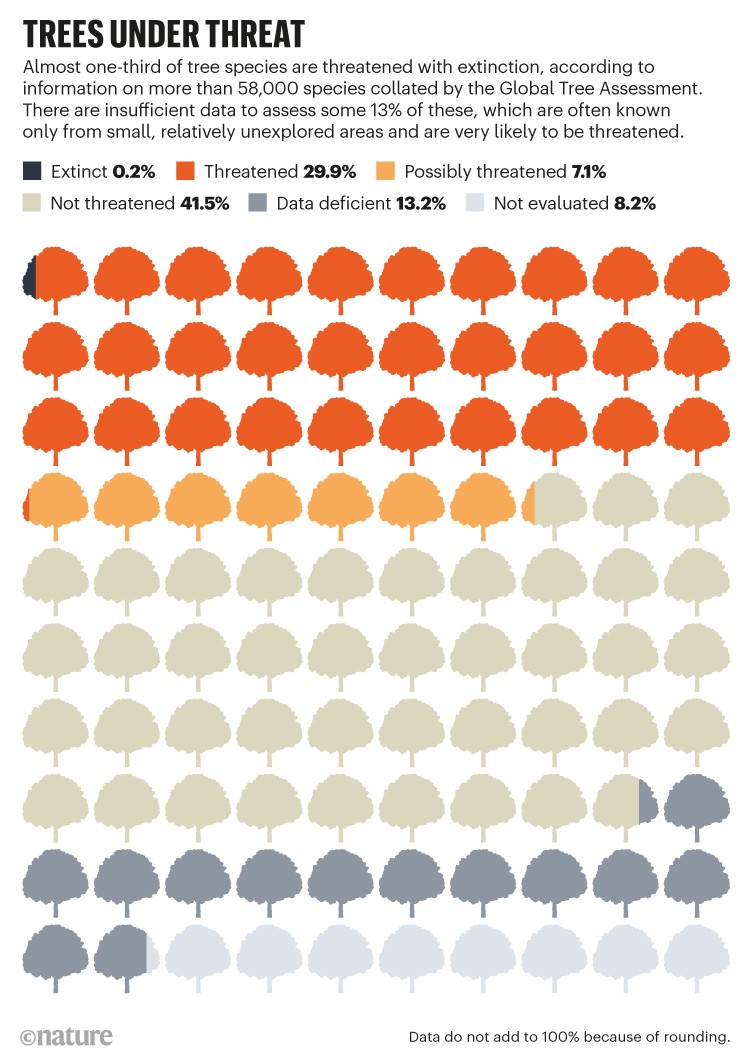
Source: Botanic Gardens Conservation International. State of the World’s Trees (BGCI, 2021).
How to crash into an asteroid
On 26 September, NASA successfully slammed the DART spacecraft into the asteroid Dimorphos, 11 million kilometres from Earth. The aim was to speed up Dimorphos’s orbit — and to test whether it would be possible to deflect the course of a dangerous asteroid if it was heading for Earth.
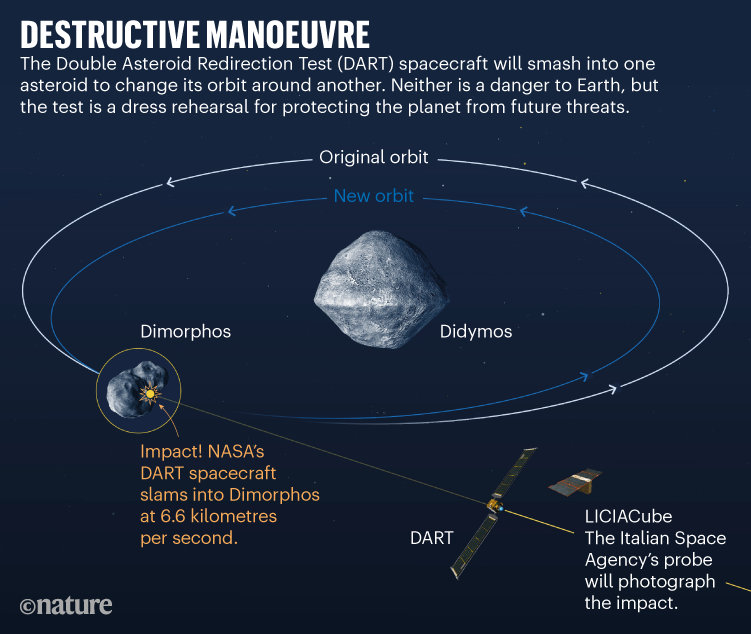
Source: Adapted from NASA/Johns Hopkins University APL; originally appeared in Nature https://doi.org/10.1038/d41586-021-03471-w (2021)
Which fish to eat
Researchers identified which species of seafood are both nutritious and better for the planet than eating meat. These include farmed bivalves — shellfish such as mussels, clams and oysters — as well as wild-caught salmon and small surface-dwelling (pelagic) fish such as anchovies, mackerel and herring.
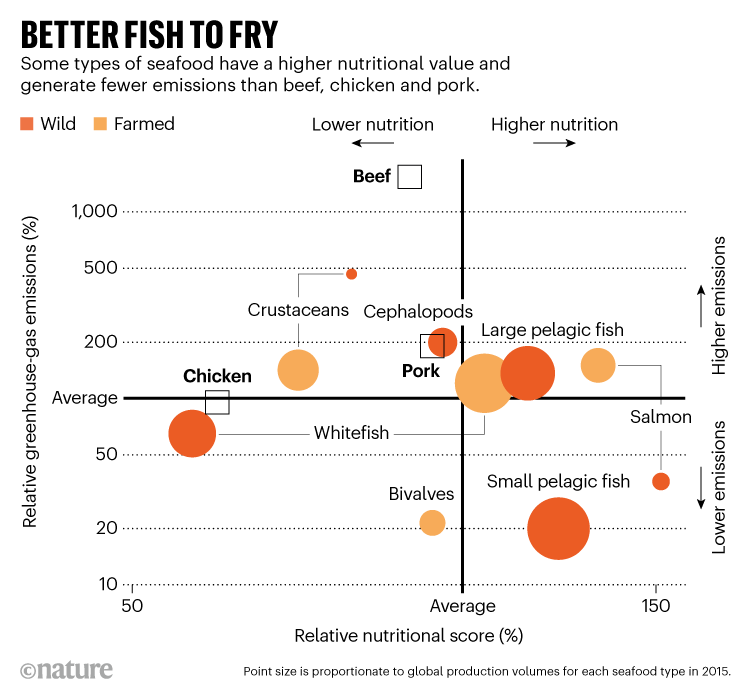
Source: M. Bianchi et al. Commun. Earth Environ. 3, 188 (2022)
Your growing, shrinking brain
Researchers created the first comprehensive growth charts for human brain development, showing how brains expand quickly early in life and then shrink slowly with age. The sheer magnitude of the study, which involved a vast set of magnetic resonance imaging (MRI) scans, stunned neuroscientists.
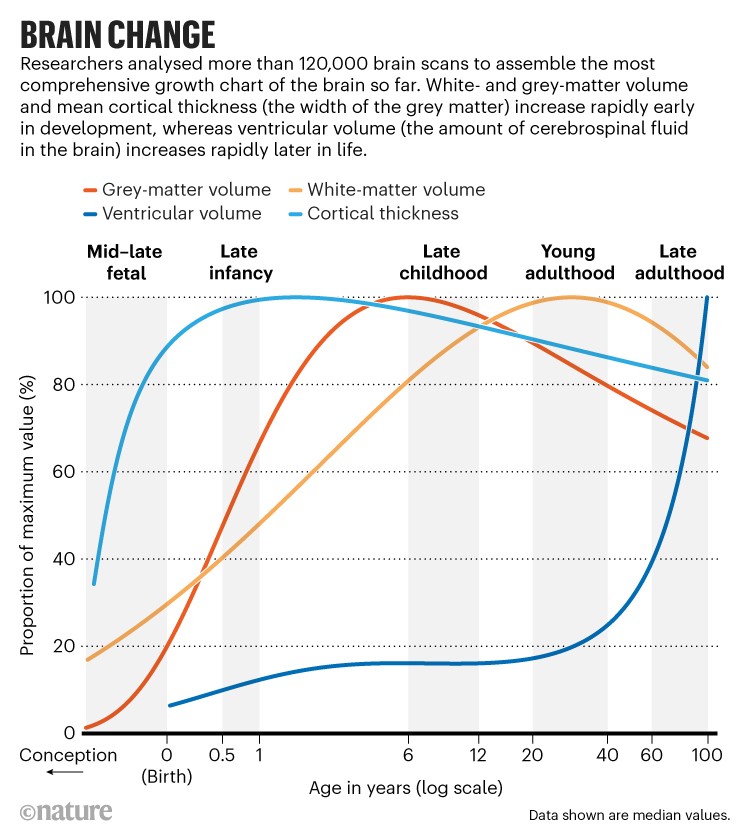
Source: R. A. I. Bethlehem et al. Nature 604, 525–533 (2022)
Looming spillovers
The probability of future pandemics could be increasing because of environmental damage. This chart shows the viral diseases that have spilled over from animals to humans since 1918, and how many people were killed by the resulting outbreaks. Spillover events have probably triggered every viral pandemic that’s occurred since the start of the twentieth century.
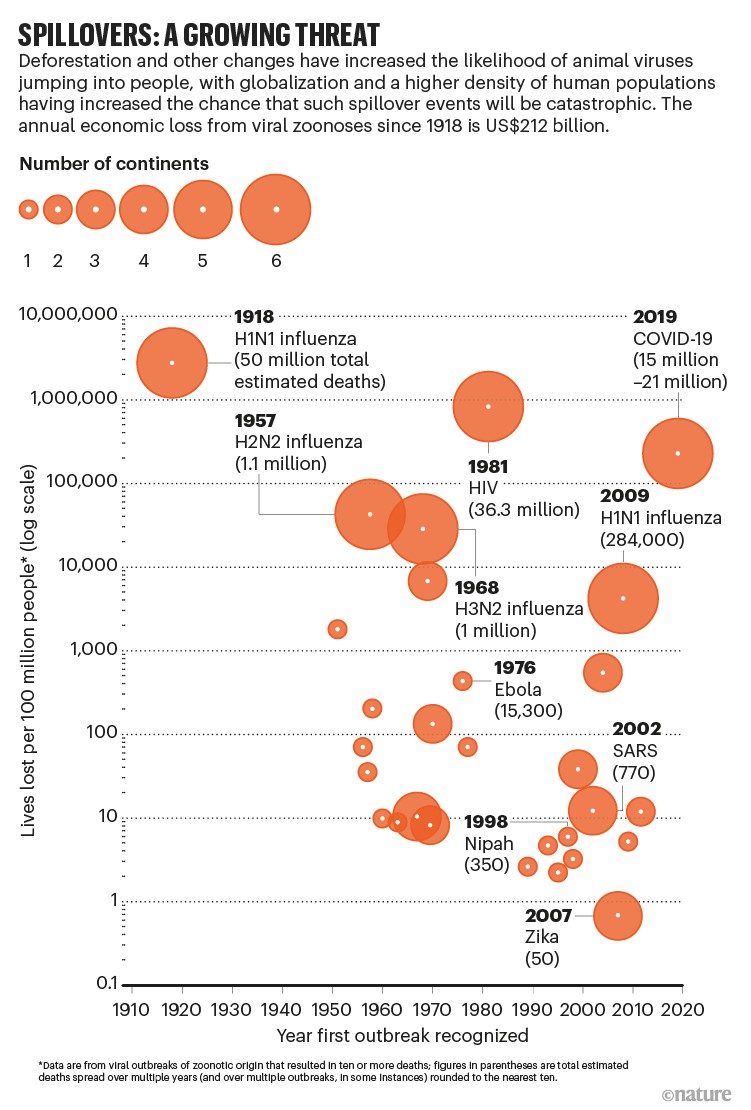
And finally: how artificial hairs keep beat
Scientists built artificial hair-like structures that produce complex, collective beating patterns in response to light. They mimic cilia, the microscopic hairs that propel some single-celled creatures through fluid by beating rhythmically.
The tiny machines are incorporated into a liquid-crystalline polymer material (a). Light makes the machines change shape, deforming the illuminated area, and cause the cilium to bend and twist (the wobbly skyscrapers in the graphic). As soon as one cilium starts beating, light shines on the neighbouring cilium, which, in turn, starts moving (b). This creates a domino effect of movement through the array.


